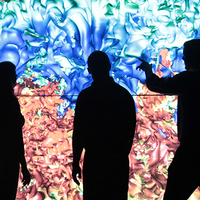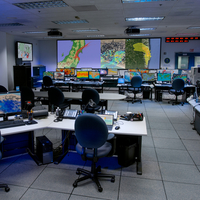OUR RESEARCH
Earth and Atmospheric Science
What We Do
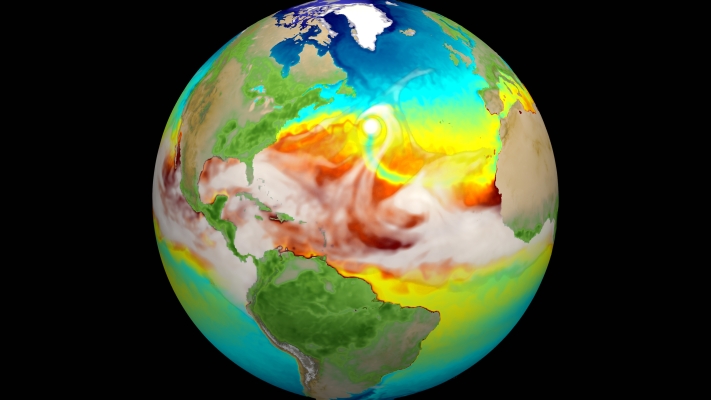
Who We Are
Our staff includes data scientists, experts in aerosol physics, weather models and climate simulations and researchers who study seismic events, hydrology, carbon sequestration and sustainable energy production. Meet a few of the people who work in earth and atmospheric science:

Peter Caldwell spends a lot of time studying weather and climate patterns. His deep concern for the future of the planet drove his interest in pursuing climate science. Climate science is a blend of geophysics, computer science, numerical analysis, statistics and communications skills which is a great fit for Peter’s jack-of-all trades background.
As a member of Livermore’s Atmospheric, Earth and Energy Division, Peter combines skills in computer modeling with expertise in climate change to solve challenging problems. He is especially proud to have led a project to create a new numerical model of the atmosphere, a model with much finer spatial resolution than previous models and, potentially, the first global climate model written using C++.
Peter loves being able to work with so many bright people at Lawrence Livermore to solve difficult problems as well as the diversity of his roles and the resources and opportunities that the Laboratory offers. Outside the Laboratory, Peter enjoys “exploring the natural world under human power.” He has skied across the Sierras and off the summit of many California and Washington mountain peaks and biked from Seattle to San Francisco and back. He also enjoys kayaking and exploring the coast and rivers of California.
Peter received his Ph.D. in atmospheric sciences from the University of Washington and his M.S. and B.S. in mathematics from Western Washington University.

Talented at math and science as a student and interested in extreme weather as a result of growing up in the Midwest, Jessica Cruz chose to major in atmospheric sciences in college.
Jessica hoped her graduate work would translate to a career at a national laboratory. Now, she is the group leader of the Atmospheric Science Research and Applications group and an operations scientist for the National Atmospheric Release Advisory Center. Jessica is excited about the combination of science, mission and teamwork at Lawrence Livermore. “The greatest aspect of working here is the opportunity to work in a multitude of mission spaces and applications without switching employers,” she says. “I’m given the support and space to expand and deepen my expertise. Rather than competing with me, my colleagues are invested in my success and trust me to invest in their success.”
Jessica plays an active role in Livermore’s diversity, equity and inclusion efforts through Amigos Unidos Hispanics in Partnership, the Lawrence Livermore Laboratory Women’s Association and Livermore PRIDE. Outside of work, Jessica shares her story and promotes STEM education to local communities.
Jessica received a Ph.D. in environmental science, policy, and management from University of California, Berkeley, and a B.S. in atmospheric science from the University of Illinois at Urbana-Champaign.

Deputy Group Leader
Jaisree Iyer was drawn to math and science as a young student. Her strength in these subjects led her to pursue undergraduate and graduate degrees in chemical engineering.
Now a staff scientist in the Atmospheric, Earth and Energy Division, Jaisree puts her expertise to use daily as she develops models for processes with fluid flow and reactions, writes code to numerically solve the model equations, compares model predictions with experimental data and communicates her findings to the broader scientific community.
Jaisree is especially proud of her work with DOE’s National Risk Assessment Partnership, which she joined around the time she started work at LLNL. Under this partnership, five DOE laboratories collaborate to quantify and manage the risks associated with geological carbon dioxide storage. In doing so, they aim to facilitate large-scale technology deployment to mitigate climate change.
Jaisree recently joined DOE’s Consortium Advancing Technology for Assessment of Lost Oil & Gas Wells, a group tasked with finding the large number of old wells that are currently not known to state regulators. She enjoys contributing to projects on a variety of subjects, an aspect of the work environment at LLNL that keeps her work intellectually engaging.
She also appreciates her colleagues, saying “they are collegial, talented and a pleasure to collaborate with.” Outside of work, Jaisree enjoys artistic endeavors such as clay modeling and painting, as well as playing tennis and traveling.
Jaisree received her Ph.D. in chemical engineering from the Massachusetts Institute of Technology and her B. Tech. from the Indian Institute of Technology, Bombay.

Kayla Kroll’s pursuit of a career in science began with an interest in stars and the solar system, never expecting she would one day be focused on what happens beneath Earth’s surface instead. Speaking about her shift from the solar system to the subsurface, Kayla says, “I liked how seismology and geophysics combined physics with data generated from earthquakes to understand what’s going on beneath our feet and provide images of Earth’s interior — the way a CT or MRI scan provides images from inside the human body.”
Now a research scientist and seismology deputy group leader within the Atmospheric, Earth and Energy Division, Kayla integrates the principles of geomechanics (the science of how geological material deforms) and seismology to model induced seismicity — earthquakes caused by external stress imposed on the subsurface from anthropogenic activities such as hydrocarbon extraction, carbon storage and geothermal energy production. Kayla is enthusiastic about the opportunities for growth and the support she has received from her colleagues and leaders. “Both my mentors and division leadership trusted me to take on new levels of responsibility that helped me grow into a scientist who can lead research teams, as well as one who can effectively communicate about her work.”
Kayla earned her Ph.D. and M.S. in geophysics and seismology at University of California, Riverside, and her B.S. in geological science at California State Polytechnic University in Pomona, California.

Katie Lundquist is a researcher in the Computational Engineering Division’s Data Analytics and Decision Sciences Section and a member of the Turbulence Analysis & Simulation Center (TASC).
Katie’s research interests are broad within the areas of computational fluid dynamics (CFD) and scientific computing, and she is particularly interested the application of CFD to both environmental and engineering problems. Specific interests include atmospheric and Earth system modeling, transport and dispersion, multi-scale multi-physics model development, turbulence, large-eddy simulation, immersed boundary methods, physics parameterizations and aerodynamics.
Katie is a member of the American Physical Society (APS) and of the American Meteorological Society (AMS). She earned her Ph.D. and M.S. in mechanical engineering from the University of California, Berkeley and her B.S. in mechanical engineering at The University of Texas at Austin.
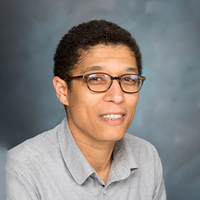
Christina Morency's career path was not linear, and she encourages early career scientists to explore a wide range of disciplines and research areas. She began as a chemical engineer, then earned a doctoral degree in geophysics exploring geodynamical modeling involving Earth’s mantle convection. Her subsequent postdoctoral and research associate positions motivated her to change focus. Initially, she worked on modeling tectonic deformation at the crustal scale, then she dove into exploring Earth’s subsurface.
Today, Christina uses seismic and electromagnetic techniques to conduct geophysical imaging and monitoring of the subsurface — with a focus on exploring energy and environmental issues. One of her most exciting achievements is leading a multidisciplinary research team that is evaluating the possibility of monitoring and assessing geothermal resources using a new technique based on seismoelectric effects — subsurface, pore-scale phenomena related to seismic-to-electric conversion.
Chris is also involved in several of LLNL’s employee resource groups,and is passionate about ensuring that LLNL continues to benefit from a diverse, inclusive work environment. She is a member of the African American Body of Lab Employees (ABLE) group and the newly formed Remote Worker & Hybrid Teams group. Christina also serves on the leadership team of the LLNL Pride group and received the LLNL Director’s Diversity, Equity, and Inclusion Award for work on pronoun usage in the workplace in 2021.
Chris completed her education in France, including a Ph.D. in geophysics.
Our Latest News
Our Current Projects
Earth and atmospheric research at LLNL spans multiple areas where our scientists collaborate with colleagues and leverage world-class research tools to explore how to make our planet safer and more resilient.
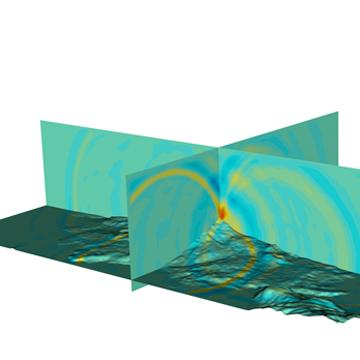
Seismic Clues to Underground Explosions
Our geoscientists analyze seismic signals to differentiate between natural phenomena such as earthquakes, man-made activities like mining and illicit nuclear explosions. This work supports our nation’s efforts to detect and deter the spread of nuclear weapons and verify international agreements. Our research teams develop new methods to analyze data provided by seismometer networks, enabling them to determine the type of event that generated the seismic signals as well as the energy release of the event.
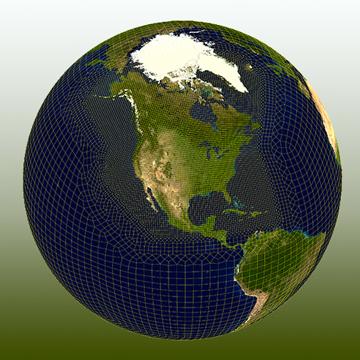
Modeling Climate Change that Impacts Energy Security
We play a key role in one of the most powerful climate modeling tools available—the Department of Energy’s Energy Exascale Earth System Model (E3SM). E3SM links Earth system and energy models into a single system, expanding our understanding of how changes in complex ecosystems will impact U.S. energy resources—such as how air and water temperature changes can strain energy grids. LLNL also led a multi-lab effort to develop the Simple Cloud Resolving E3SM Atmosphere Model (SCREAM), the first global cloud-resolving model to run on an exascale supercomputer.
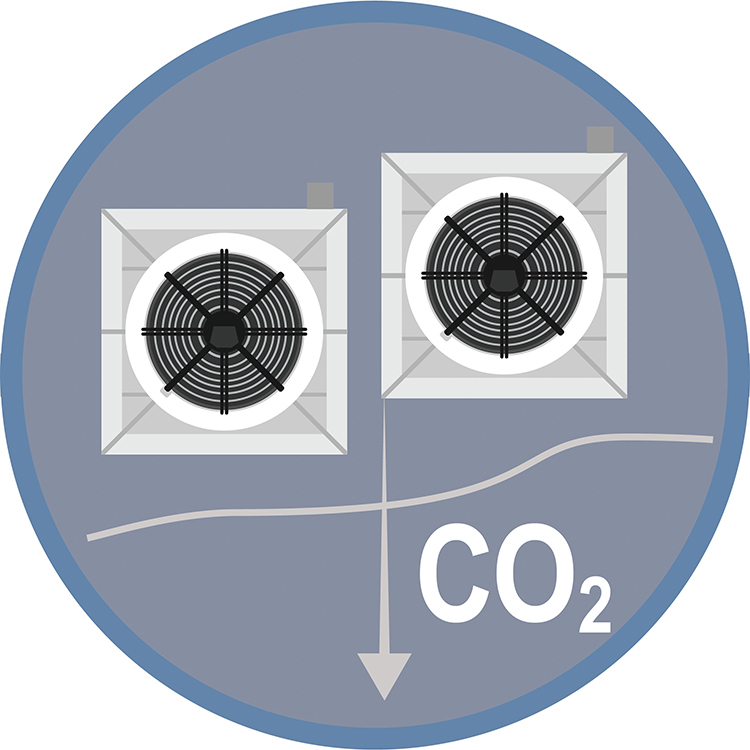
Carbon dioxide removal at the gigaton scale
We collaborated with a dozen institutions to assess options for carbon dioxide (CO2) removal from the atmosphere and chart a path for the nation to achieve net-zero greenhouse gas emissions by 2050. The Roads to Removal report analyzes the feasibility, capacity, and cost of CO2 removal techniques, including many studied at LLNL, such as biomass conversion and storage, direct-air-capture technology, soil and forest management, and geologic CO2 storage. The report’s findings highlight region-specific solutions that can help the nation reach its climate goals.
Our Facilities, Centers and Institutes
The Laboratory is home to several state-of-the-art facilities and centers to help researchers tackle the hardest and most complex challenges related to earth and atmospheric science.
CAMS
Center for Mass Spectrometry
CAMS researchers use diverse analytical techniques and state-of-the-art instrumentation to develop and apply ultra-sensitive isotope ratio measurements and ion beam analytical techniques.
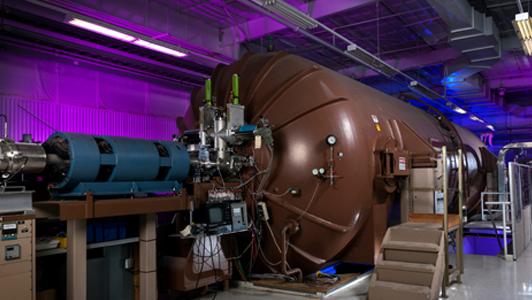
NARAC
National Atmospheric Release Advisory Center
The National Atmospheric Release Advisory Center (NARAC) helps emergency managers plan and respond to incidents involving the accidental or intentional release of hazardous radiological, chemical, biological or nuclear materials into the atmosphere.

Related Organizations
World-class science takes teamwork. Explore the organizations that contribute to our research in earth and atmospheric science by clicking the images below.
Join Our Team
We offer opportunities in a variety of fields, not just science and technology. We are home to a diverse staff of professionals that includes administrators, researchers, creatives, supply chain staff, health services workers and more. Visit our careers page to learn more about the different career paths we offer and find the one that speaks to you. Make your mark on the world!

